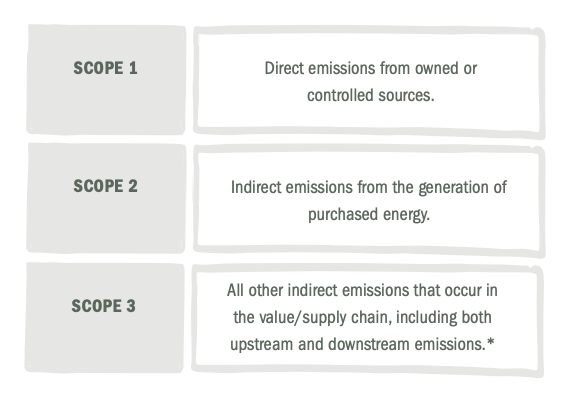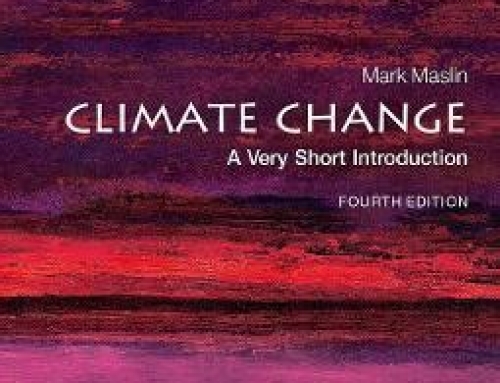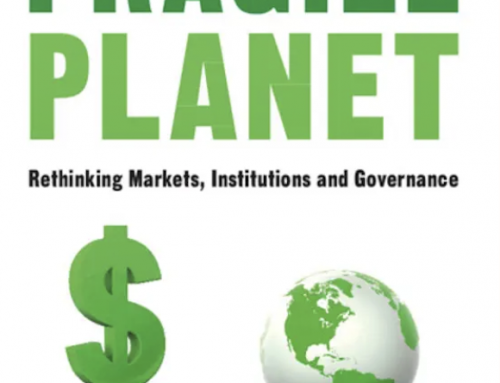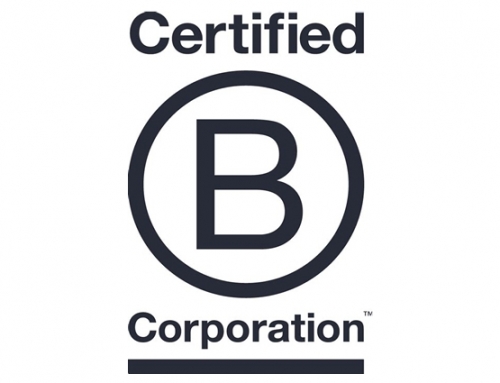This is a major priority for business in terms of tackling the climate crisis. It is a complex area and requires expert handling, but it’s good to establish an understanding of some of the ambitions, initiatives and general terms surrounding the topic.
NET ZERO
An environmental footprint is the effect that a person, company, or activity has on the environment – for example, the amount of natural resources used and the amount of harmful greenhouse gases (GHGs) produced.
More specifically, a carbon footprint is the amount of carbon dioxide released into the atmosphere as a result of these activities.
Every organization should be working towards a zero environmental (and carbon) footprint by conserving, restoring, and replacing the natural resources used in its operations.
Understanding your environmental footprint (including your supply chain) allows you to set in place clear actions and goals to reduce the negative impact, and achieve ‘net zero’.
The GHG Protocol Corporate Standard classifies a company’s GHG emissions into three ‘scopes’.

*Upstream emissions = those that occur in the life cycle of a material/product up to the point of sale by the producer.
*Downstream emissions = those that occur in the life cycle of a material/product after the sale by the producer (including distribution and storage, use of the product and end-of-life).
1.5°C BUSINESS OPERATIONS
Scientists agree that we need to keep global warming to a maximum of 1.5°C to avoid high risk of catastrophic consequences for people and our living environment. To do so, it is generally accepted that the world needs to peak emissions by 2020 and halve them every decade until 2050.
The 1.5°C Business Playbook is a clear guide to help businesses support this global ambition and includes four pillars that should be addressed in a company’s climate strategy.

The first pillar focuses on a company’s activities to reduce its own emissions, aligned with a 1.5°C pathway.
The second pillar focuses on a company’s activities to reduce its value/supply chain emissions, with the same goal.
The third pillar addresses the alignment of the company’s vision, strategy, value proposition, products and services. It means prioritising products and services that enable reduction and removal of customer and societal emissions, enabling resource-efficient lifestyles and consumption patterns.
The fourth pillar describes how to contribute to the 1.5°C ambition beyond your own business. This means, for example, influencing government policy and supporting industry initiatives.
To download the full guide, visit: exponentialroadmap.org.
CARBON POSITIVE
The goal of net zero is great, but there are also companies working towards carbon positive operations.
Interface is an example of a company taking this further with their Climate Take Back mission. This invites industry to commit to running businesses in a way that is restorative to the planet, to use products and services to reverse the effects of global warming, and to create a climate fit for life. For more details, visit: www.interface.com.
CARBON OFFSETTING
Once you have reduced your carbon footprint, Carbon offsetting is a way of addressing residual carbon emissions (by purchasing carbon credits equivalent to your outstanding negative carbon impact).
Basically, it is a way of compensating for the damage caused by ones own emissions by supporting schemes designed to make equivalent reductions of carbon dioxide in the atmosphere. A simple example would be an activity such as planting trees.





